Foreword to the guest author
Michael is a freelance journalist iR, a passionate Toyota owner and operator of the www.celinews.de website
Hardly anyone knows the vehicle history of older Celica models and the German Toyota classic car scene as well as he does.
At that time, the family also owned an 82 Celica Supra MA61.
With his article about the Toyota 2000 GT, Michael gives us a deep insight into the origins and history of the Toyota 2000GT with some very rare pictures.
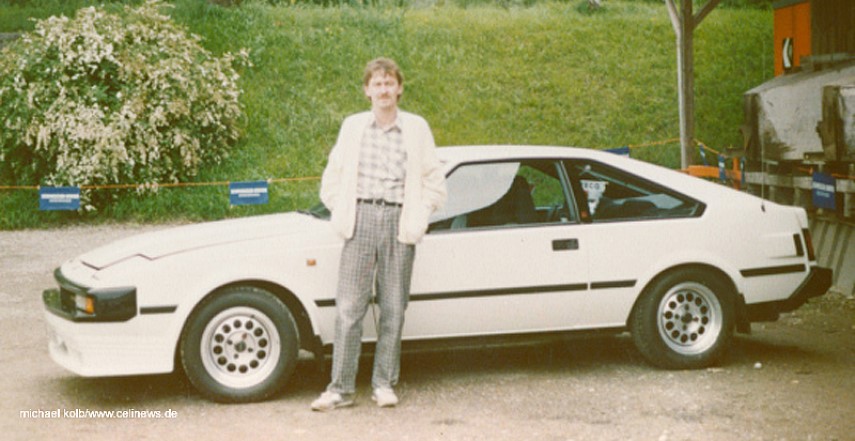
The UR Supra - The 2000 GT
The development of the first Japanese high-performance sports car began at Nissan in 1963. As Joachim Kuch researched for his book “Cars that made history - NISSAN - Datsun Z….”, The A550X was the first prototype of a GT at Hamamatsu at Yamaha, the front part of which was based on the Corvette. The Nissan 2000GT was scheduled to be unveiled at the 1965 Tokyo Motor Show. Due to technical problems with the development of the inline four-cylinder from the Fairlady, the project stalled and was ended in 1964 by mutual agreement.
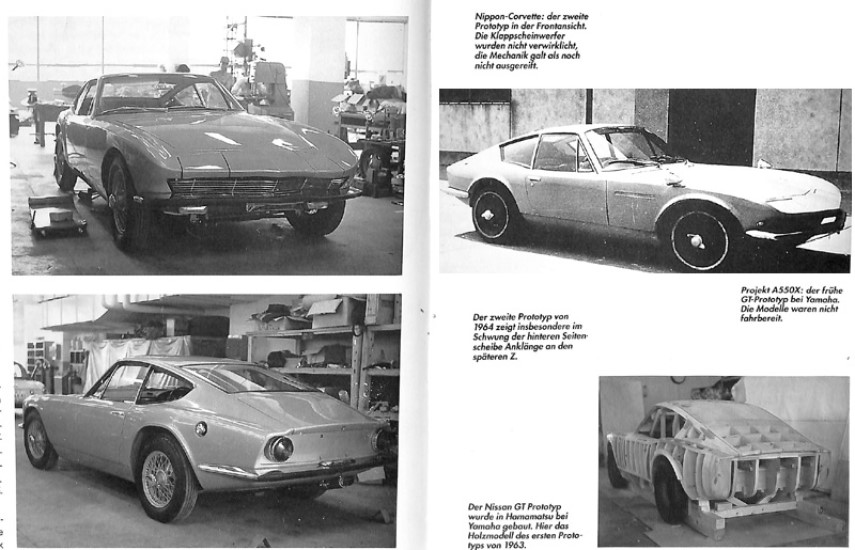
Japanese GT designs for Yamaha on behalf of Nissan. Source: Cars that made history, Nissan by Joachim Kuch.
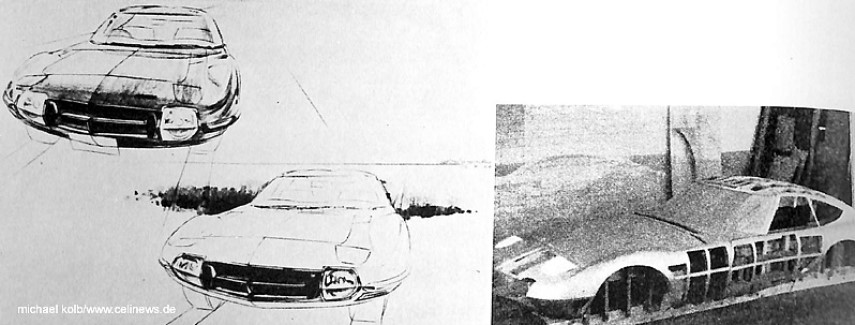
First designs of the Toyota 2000 GT (source NEKO)
Meanwhile, Toyota had also started its GT project. From December 1964, after Nissan left, Toyota and Yamaha continued the GT project together. Yamaha developed a cylinder head for Toyota with two overhead camshafts. On September 8, 1965, according to Yamaha Motor History, the official contract was concluded, and a collaboration that continues to this day was started. According to Kuch, the car built by Nissan with the 150 hp six-cylinder engine brought to maturity by Yamaha was exhibited at the Toyota booth at the autumn fair in 1965. According to Yamaha, Toyota presented a prototype as the Toyota 2000 GT. (probably prototype 1)
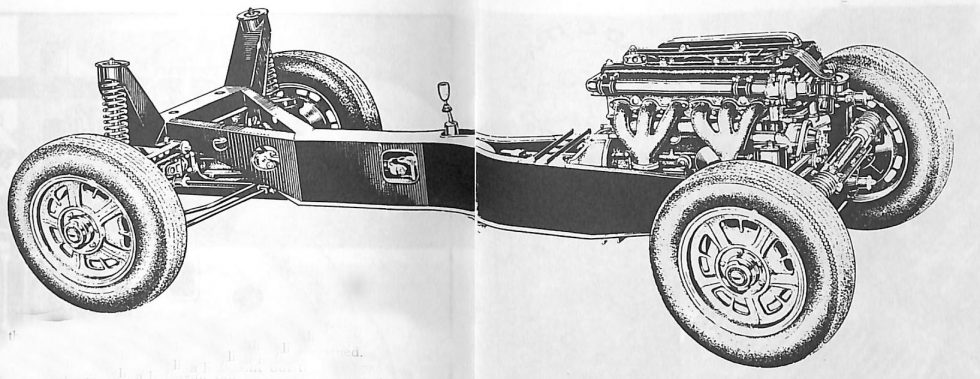
The chassis of the 2000 GT is similar to that of the Lotus Elan (Source Road & Track)
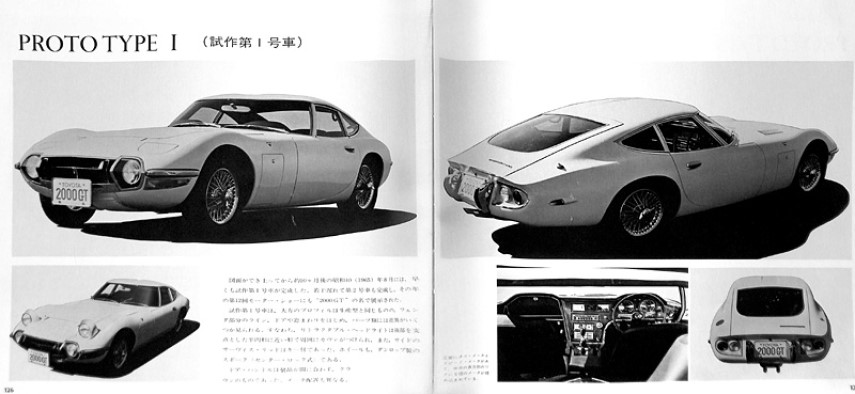
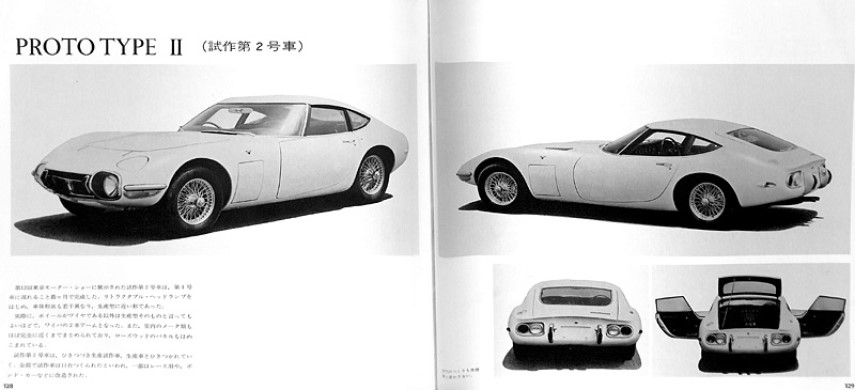
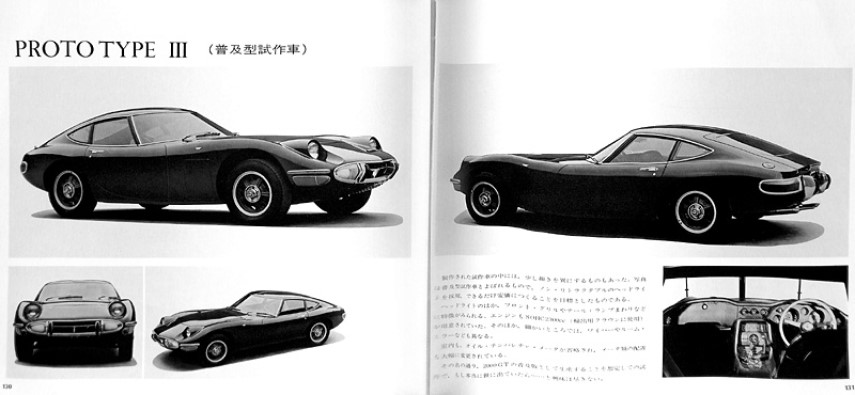
Source: Toyota 2000 GT, Sports 800, creative boutique NEKO 1977
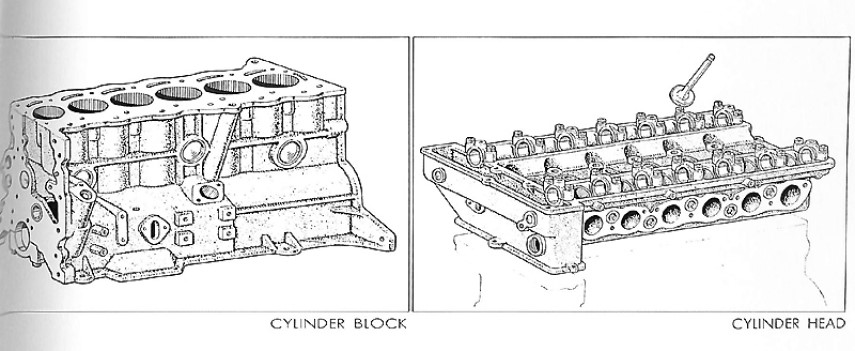
Within a very short time (according to Road & Track only half a year), a DOHC head was developed at Yamaha based on the 1988 cc 6-cylinder (3M) block of the Toyopet (Toyota) Crown S4. Standard output: 150 hp at 6400 rpm (Solex licensed Mikuini 3 x 32 PHH flat-stream carburettors). In racing mode, it was 200 hp at 7200 rpm (3x Weber 40 DCOE carburettors). Oddly, Toyota does not mention the collaboration with Yamaha in its book "A History of the First 50 Years" (no index entry)
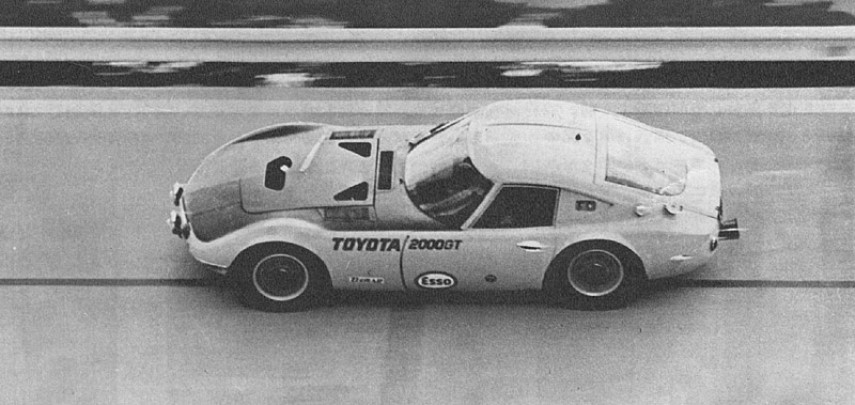
As early as 1966 at the Japanese Grand Prix in Suzuka, two Toyota 2000 GTs celebrated a double victory. A year later, the GT even set 13 international records for speed and endurance on the high-speed test track at Yatabe. (Source Toyota 2000 GT brochure)
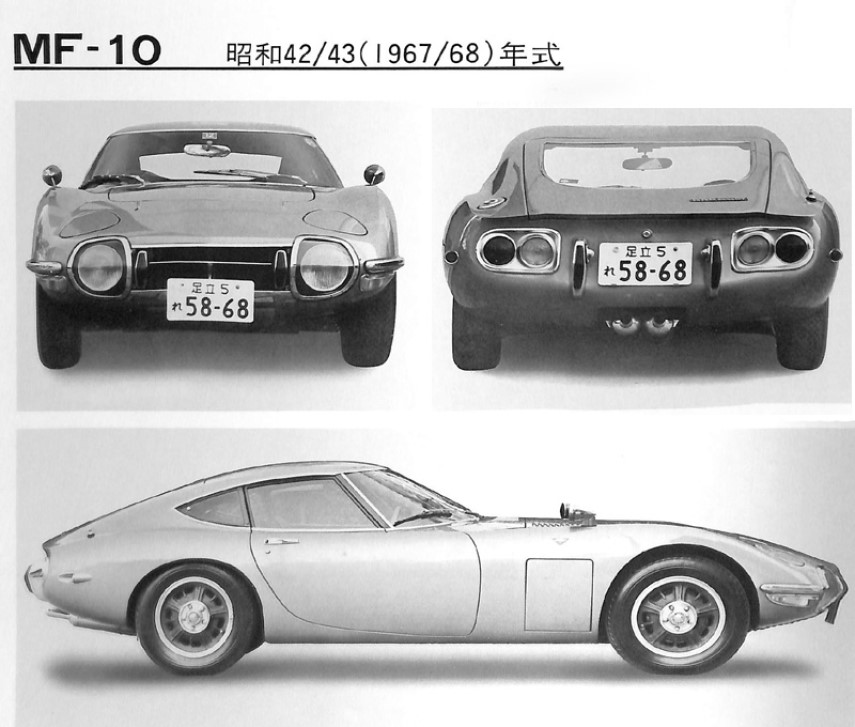
228 units were produced in the first two years (MF10 Frame 10001-10238)
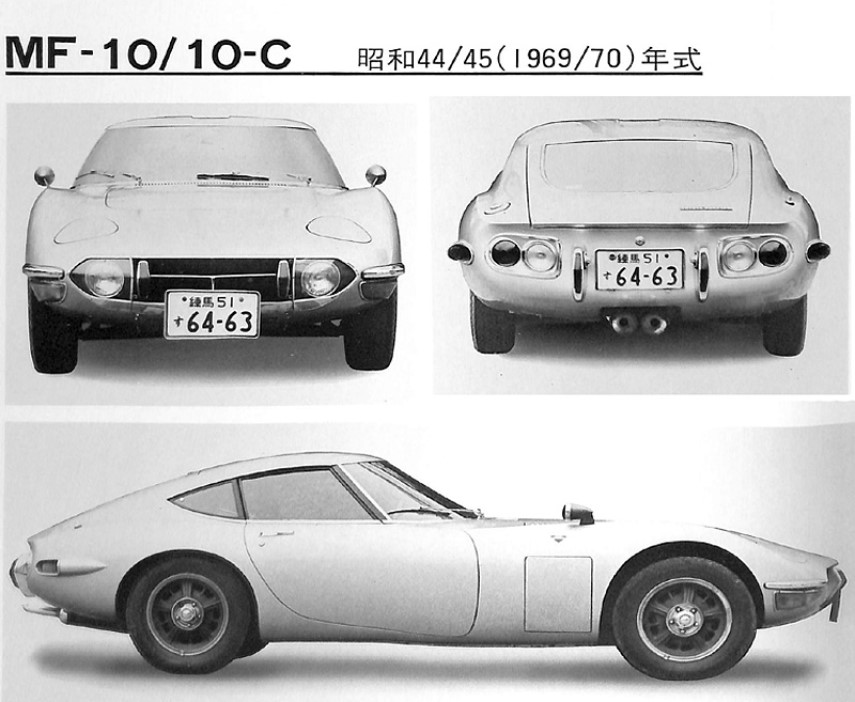
Only 109 units were left of the facelift. (Frame 10401 - 10509). Not all frames (frame numbers) are occupied. The MF 10-C is the 2000GT with automatic transmission. Unfortunately I may only have more information about it in Japanese characters.
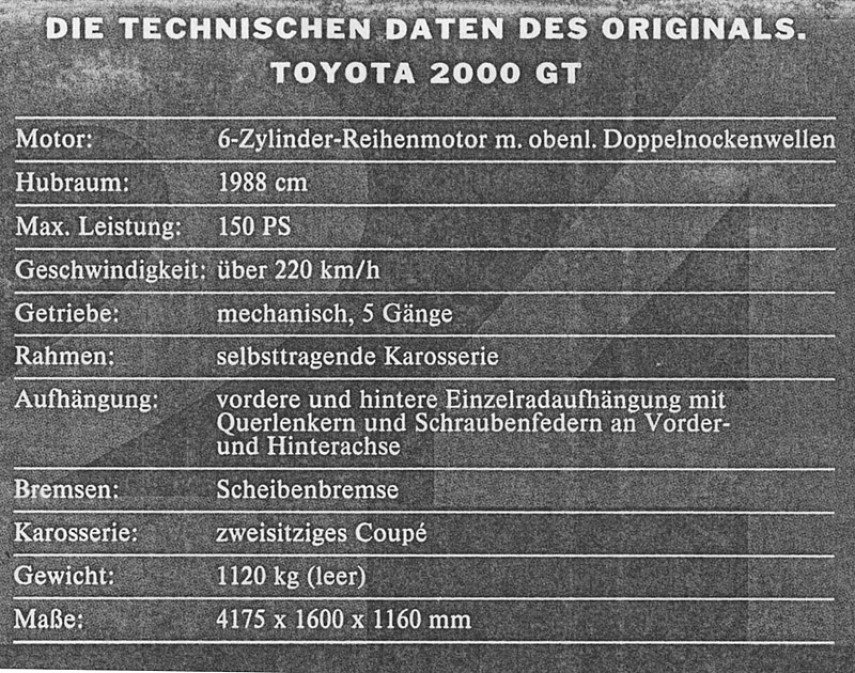
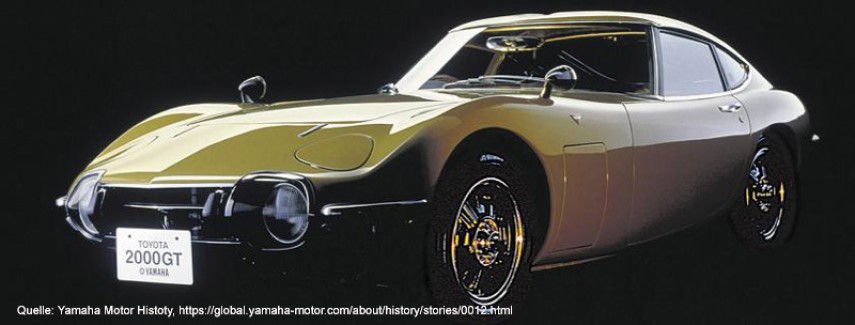
All Toyota 2000 GTs were manufactured by Yamaha in Iwata because the production at Toyota was not designed for manual small series. Between 1967 and 1970 that was (according to NEKO) exactly 337 MF10 vehicles with the 3M machine.
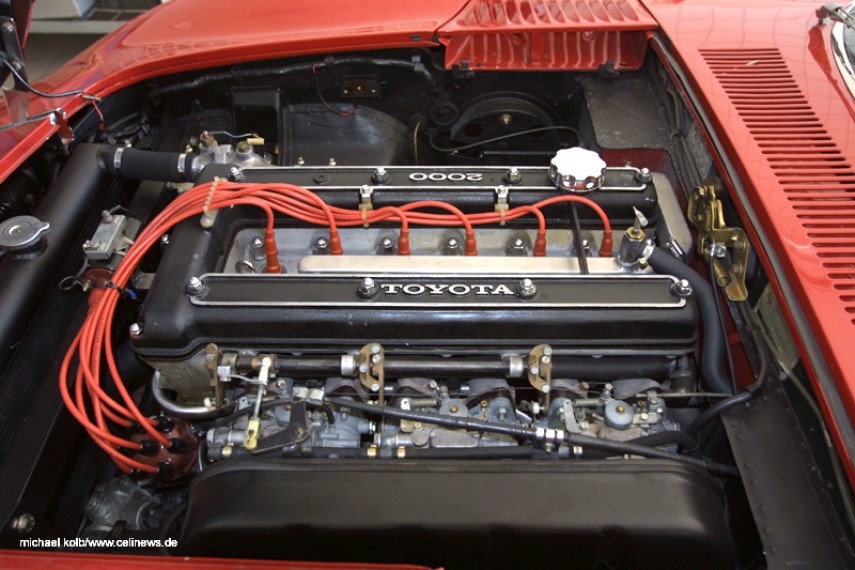
Square designed 1988cc DOHC six-cylinder with 150 HP, 3 Mikuni (Solex) 32PHH flat-stream carburettor
All subsequent Toyota engines with two overhead camshafts were derived from this 3M DOHC engine. Toyota's best known DOHC of the early 70s is the 2T-G with 1588 ccm, as it was already presented in the Celica GT / GTV in 1970. From 1972 followed the 18R-G engine with 1988 cc, used in the RA25 Celica Liftback (GT 2000) on a short wheelbase 2425mm. The development of the 5M-GE presented in 1981, known from the MA6 series Celica 2800GT, or Celica XX 2800 with the international name Celica Supra, is NOT deposited with Yamaha. Motors with reduced compression can be recognized by the appended “U” such as 2T-GEU, 18R-GEU, 5M-GEU
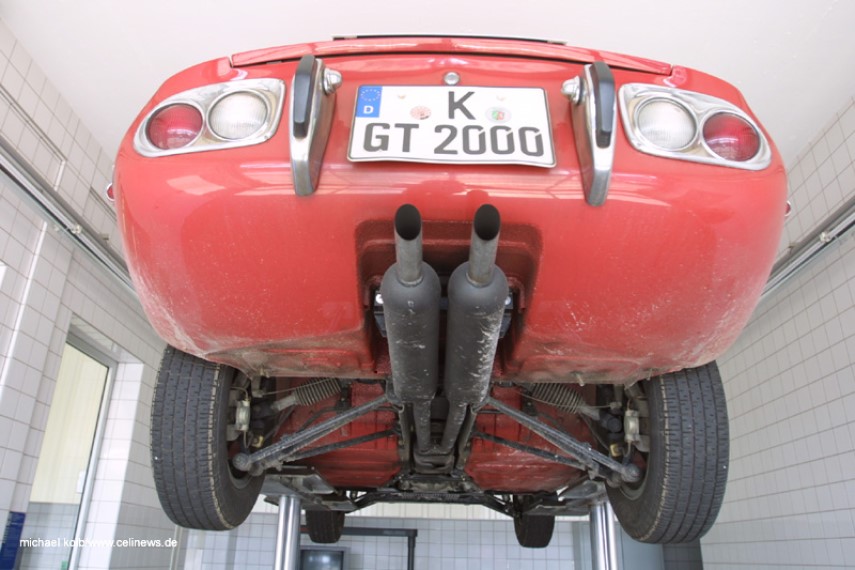
Germany's most famous 2000 GT normally parks in the Toyota Collection Cologne when it is not on the road for events or for maintenance. Silvretta, Sechsämterland Classic and Schloß Dyck are or were some of the many participations of the GT. His chassis number is MF10 10104 with the listed engine number 10136. It was manufactured in October 1967.
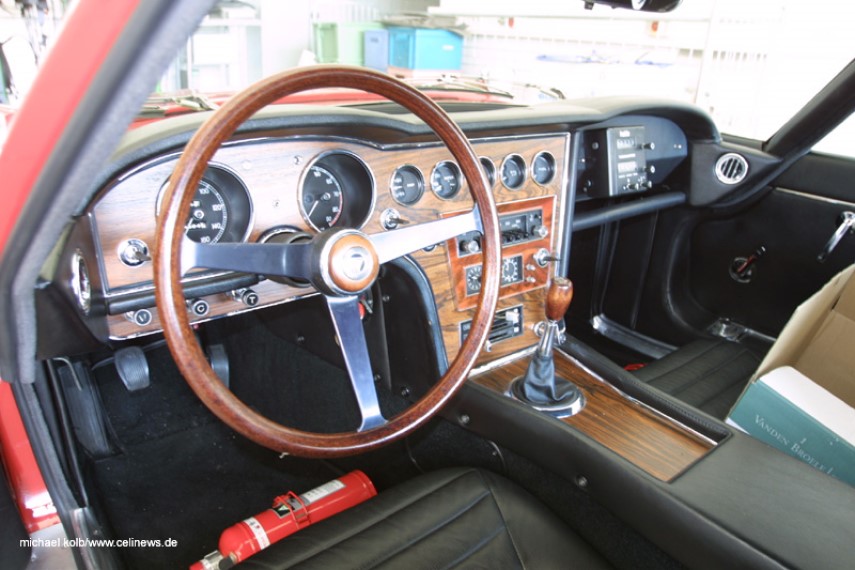
The interior proves that Yamaha has also done a perfect job as a manufacturer of musical instruments such as pianos
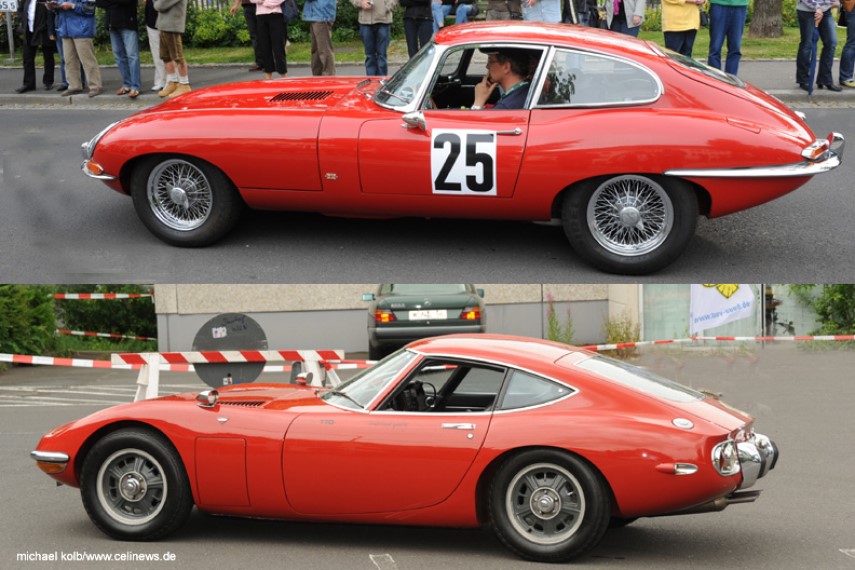
The Toyota 2000 GT is said to have been the Jaguar E-Type. It may be, but it does not guarantee the height and the steep windscreen. The flatter Toyota leaves a more delicate impression and, above all, has less “fat” around the waist. By the way: The two Toyota 2000 convertibles for the Bond film "you only live twice" were made because the 188 cm long Sean Connery would have hit his head on the roof. G-Man Jerry Cotton (George Nader) did not know such problems in his red E-Type.
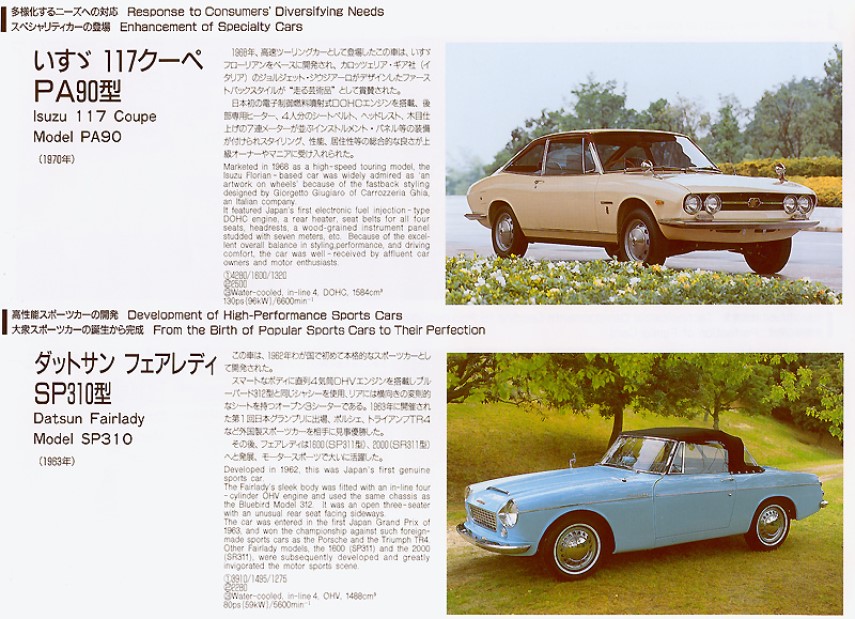
The Toyota 2000GT was not the first sports car in Japan, the Fairlady SP310 deserves this honor. However, the lady only had the OHV machine from the Bluebird 312 with 80 PS. The Isuzu 117 designed by Giugiaro was released in 1968 - also with DOHC (not deposited with Yamaha) and even with electronic petrol injection. Image source Toyota Automobile Museum